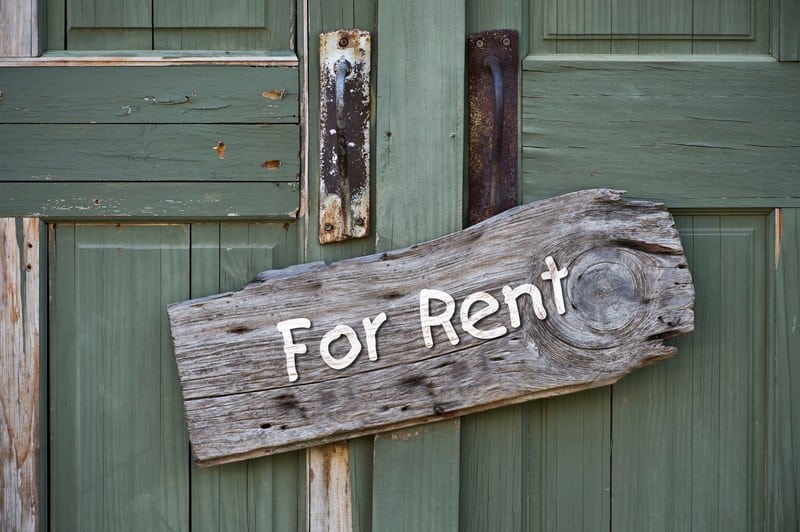In general, there is no Capital Gains Tax (CGT) on a property which has been used as the main family residence. This relief from CGT is commonly known as ‘private residence relief’. However, where all or part of the home has been rented out, the entitlement to relief may be affected. Home owners that let all or part of their house may not benefit from the full private residence relief but can benefit from lettings relief.
The maximum amount of letting relief due is the lower of:
- £40,000
- the amount of Private Residence Relief due
- the amount of gain you’ve made on the let part of the property
The letting exemption can be a valuable exemption but is only available on a property that has been a taxpayers main residence.
Worked example:
- You used 60% of your house as your home and let out the other 40%.
- You sell the property, making a gain of £60,000.
- You’re entitled to Private Residence Relief of £36,000 on the part used as your home (60% of the £60,000 gain).
- The remaining gain on the part of your home that’s been let is £24,000.
The maximum Letting Relief due is £24,000 as this is the lower of:
- £40,000
- £36,000 (the Private Residence Relief due)
- £24,000 (the gain on the part of the property that’s been let)
There’s no Capital Gains Tax to pay – the gain of £60,000 is covered by the £36,000 Private Residence Relief and the £24,000 Letting Relief. Remember that the letting exemption can be a valuable exemption but is only available on a property that has been a taxpayer’s main residence. It is not available on a ‘buy to let’ or other investment property in which a taxpayer never lived.







